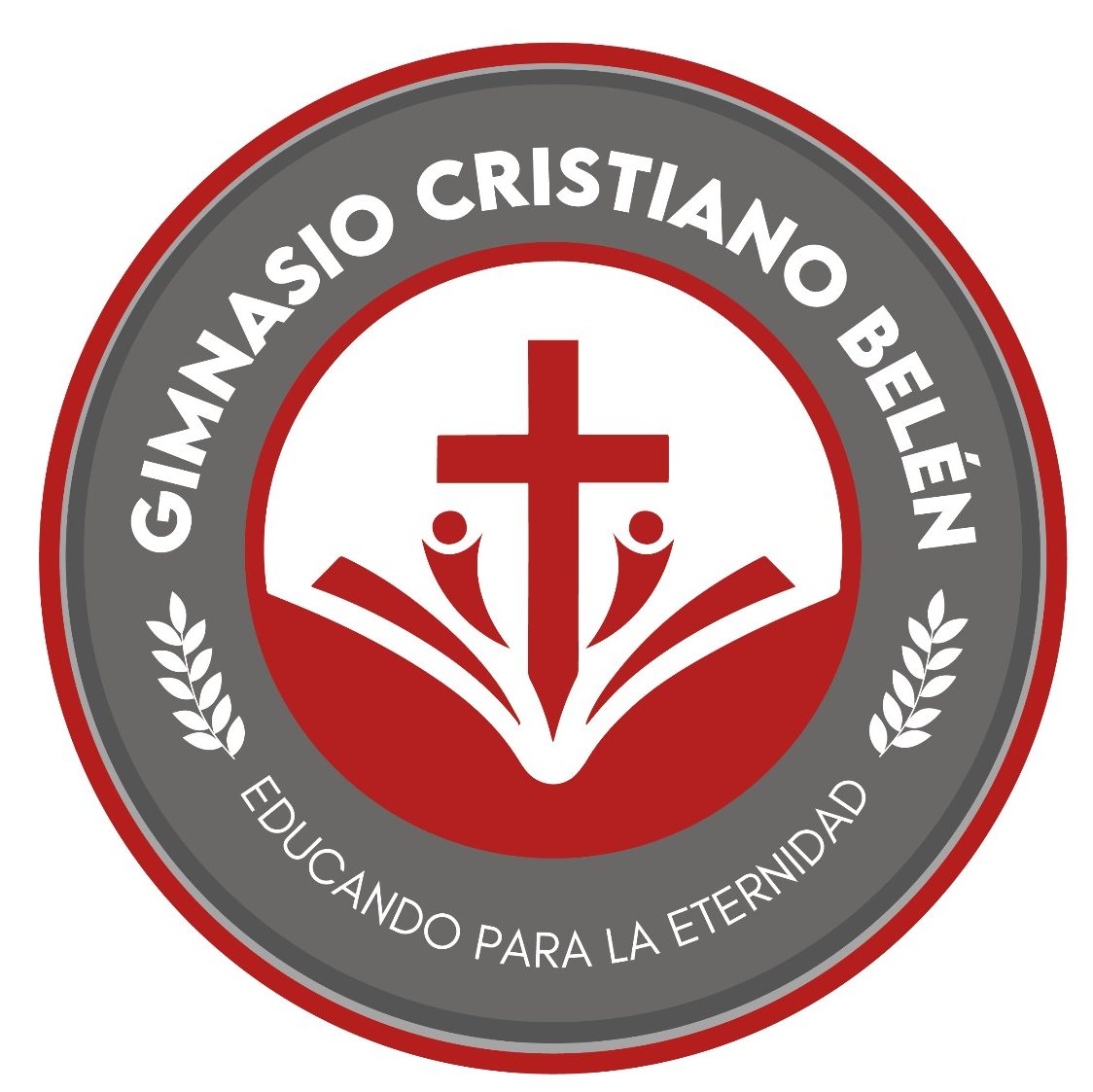Enhance your child’s development and love of music through song, dance, movement games and instruments. With an array of styles, our music classes help children explore the power of rhythm, melody, tonality and beat while nurturing key physical, social and intellectual skills.
Music is an art form and cultural activity whose medium is sound and silence, which exist in time. The common elements of music are pitch (which governs melody and harmony), rhythm (and its associated concepts tempo, meter, and articulation), dynamics (loudness and softness), and the sonic qualities of timbre and texture (which are sometimes termed the «color» of a musical sound). Different styles or types of music may emphasize, de-emphasize or omit some of these elements. Music is performed with a vast range of instruments and vocal techniques ranging from singing to rapping; there are solely instrumental pieces, solely vocal pieces (such as songs without instrumental accompaniment) and pieces that combine singing and instruments. The word derives from Greek μουσική (mousike; «art of the Muses»). In its most general form, the activities describing music as an art form include the production of works of music (songs, tunes, symphonies, and so on), the criticism of music, the study of the history of music, and the aesthetic examination of music. Ancient Greek and Indian philosophers defined music as tones ordered horizontally as melodies and vertically as harmonies. Common sayings such as «the harmony of the spheres» and «it is music to my ears» point to the notion that music is often ordered and pleasant to listen to. However, 20th-century composer John Cage thought that any sound can be music, saying, for example,
«There is no noise, only sound.»
-John Cage

